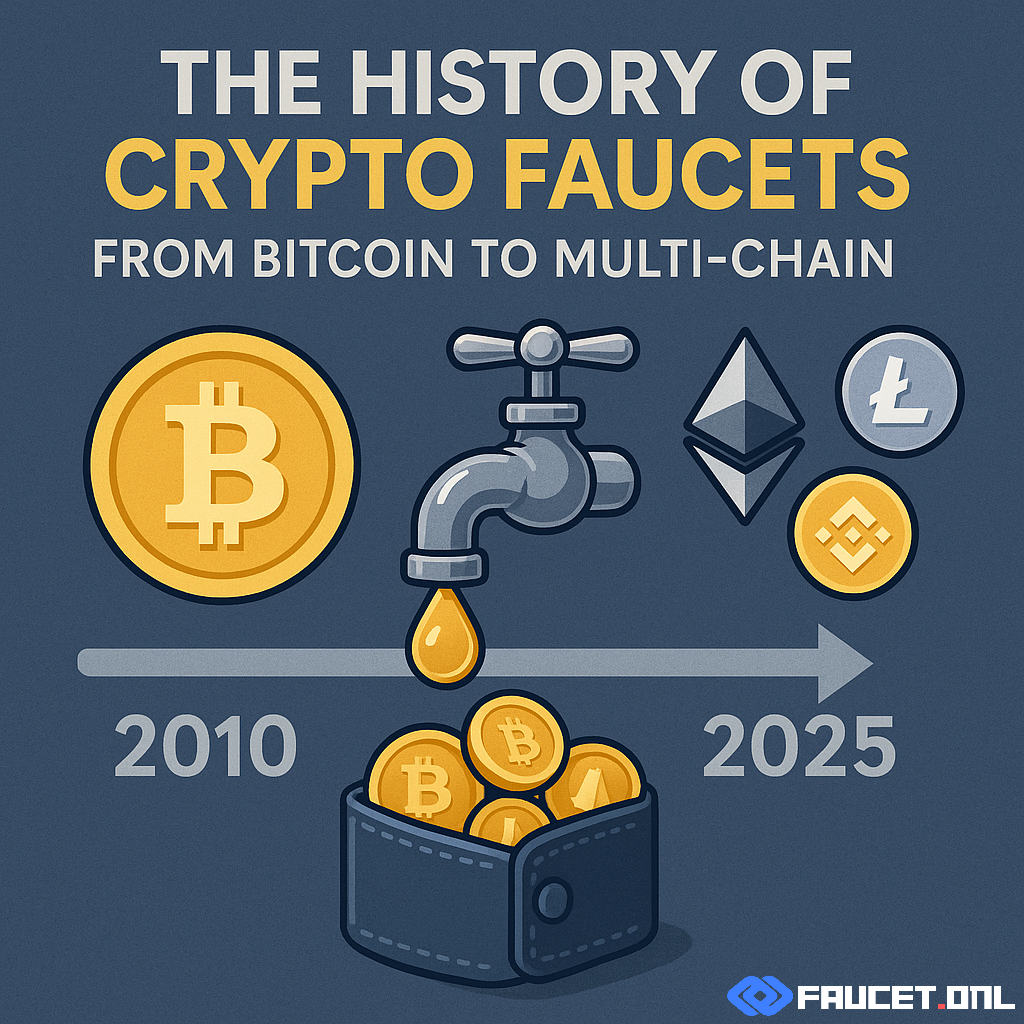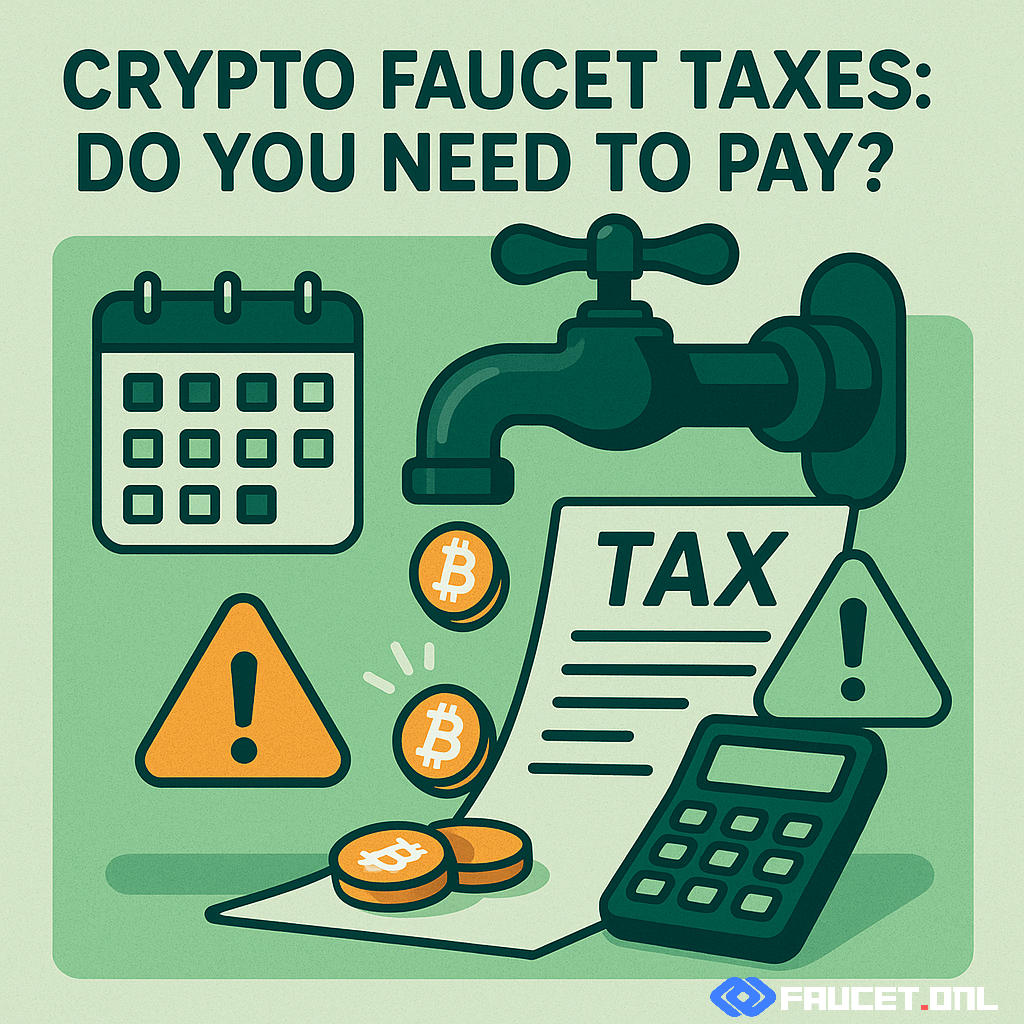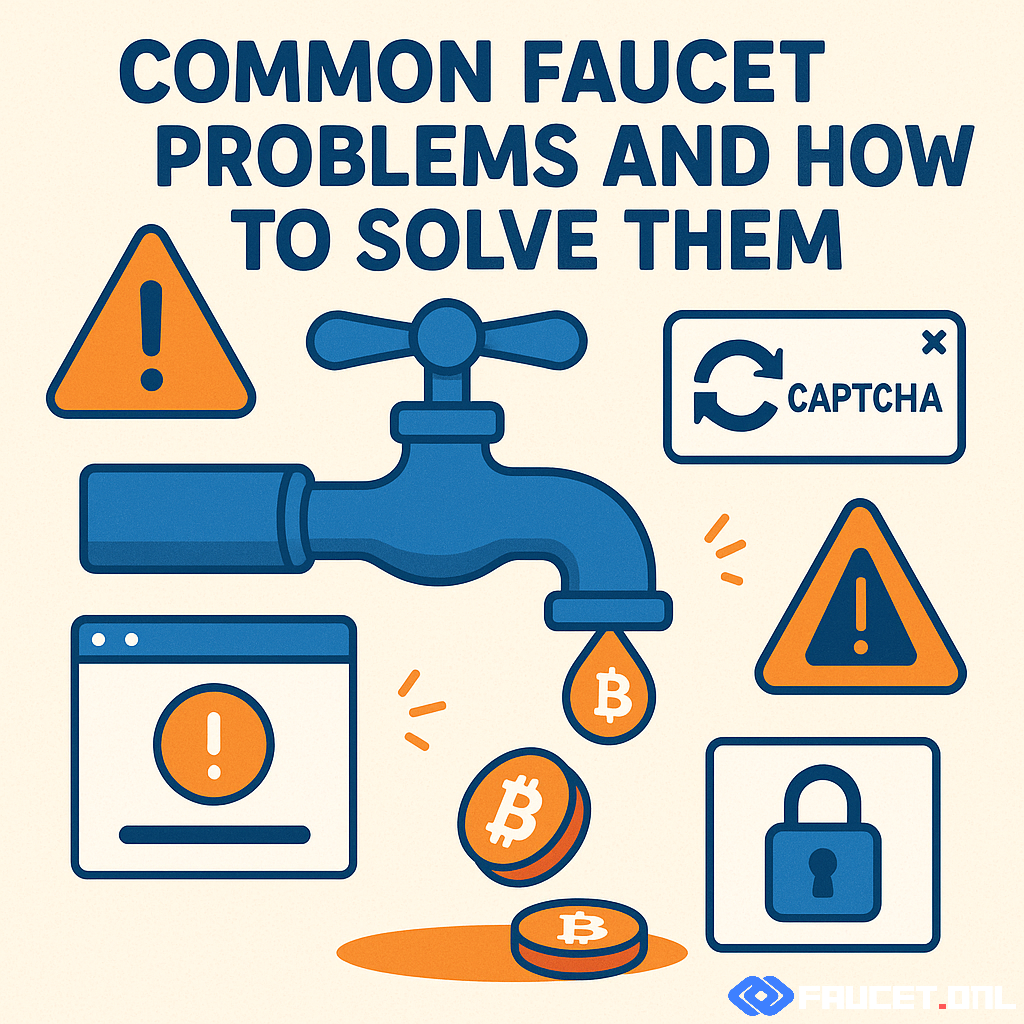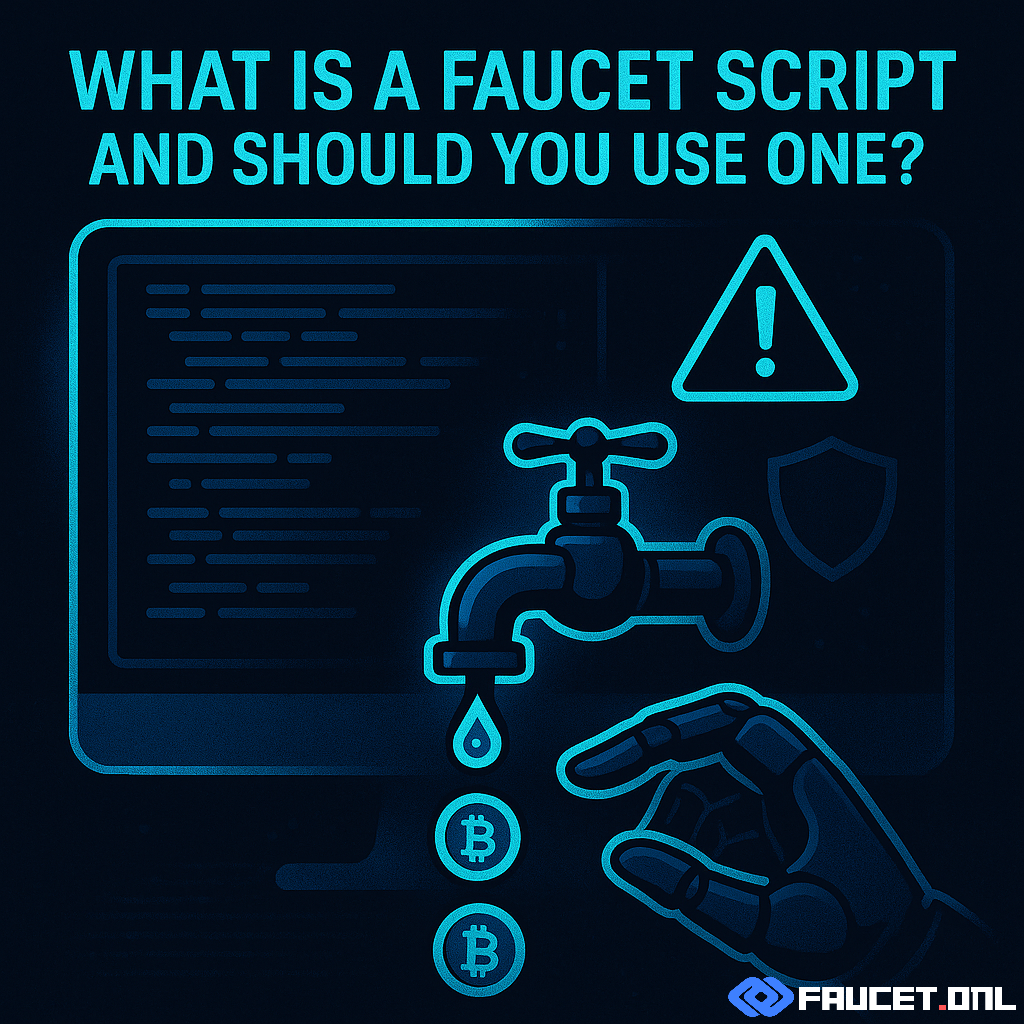Faucet Origins: The Birth of Free Crypto
When Bitcoin was introduced in 2009, it was an unknown, experimental project with almost no users. Early adoption faced a major hurdle: how could people experiment with or learn about Bitcoin if acquiring coins required buying, mining, or convincing a stranger to send you some? Enter the “Bitcoin faucet,” a concept devised by developer Gavin Andresen in June 2010. The original faucet—hosted at freebitcoins.appspot.com—gave away a staggering 5 BTC per visitor, with nothing more than a simple captcha to prove you were human.
The goal was simple: distribute Bitcoin, grow awareness, and foster an ecosystem. In its first year, thousands of BTC flowed to users worldwide, seeding curiosity and igniting what would become the global cryptocurrency movement. Faucets weren’t just about generosity—they were tools for adoption, education, and decentralization.
Key Changes: The Evolution of Faucets
As Bitcoin gained traction and value, the faucet landscape rapidly evolved. By 2012, the original payouts—once 5 BTC—dropped drastically as Bitcoin’s price rose. Soon, faucets offered fractions of a coin (then satoshis), and many diversified to include altcoins like Litecoin and Dogecoin.
Key milestones in faucet history include:
- Reduction in Payouts: As Bitcoin’s price climbed, faucet payouts decreased from whole coins to tiny fractions.
- Rise of Multi-Coin Faucets: New platforms let users claim from a menu of cryptocurrencies, often rotating through several options daily.
- Automation and Micro-Wallets: The introduction of services like FaucetHub (now closed) and FaucetPay allowed for automatic, aggregated withdrawals and easier tracking.
- Gamification: Faucets began adding games, loyalty rewards, and contests to keep users engaged as direct payouts shrank.
With each shift, faucets adapted to the market and technological realities. They remained a touchstone for onboarding new crypto users worldwide.
Today’s Faucets: Multi-Chain and Beyond
By the 2020s, faucets had transformed again. Now, they serve as onboarding tools for a vast array of blockchains—Ethereum, Polygon, Solana, and others. Instead of just earning coins, users often complete simple tasks (watching ads, solving captchas, playing games) in exchange for micro-rewards across several tokens.
Modern faucets are more secure, interactive, and integrated with social features. Many support micro-wallets, rapid withdrawals, and cross-platform functionality. Users can earn a basket of tokens in minutes, and some platforms—like PipeFlare or Cointiply—incorporate NFT drops or DeFi rewards, reflecting the industry’s broadening scope.
Challenges: Scams, Sustainability, and User Trust
The faucet journey has not been without obstacles. Rising transaction fees, especially on the Bitcoin and Ethereum networks, have made it expensive to send micro-payouts. Scams have proliferated, with fraudulent faucets luring users with fake rewards or phishing attempts. Meanwhile, sustaining legitimate faucets has become more difficult as the cost to fund payouts rises.
To survive, honest faucet operators have introduced more ads, sponsorships, and alternative earning models, while vigilant users have learned to avoid too-good-to-be-true offers. The battle for sustainability and user trust continues to shape the faucet landscape today.
Future Outlook: Where Are Crypto Faucets Headed?
What does the future hold for crypto faucets? With the continued rise of new blockchains and layer 2 solutions, faucets may increasingly focus on onboarding users to emerging ecosystems. Expect further gamification—mini-games, quizzes, and NFT rewards—as well as integration with mobile wallets and social platforms.
As transaction costs decrease on scalable blockchains, micro-rewards could become more viable again. Faucets may evolve into gateways for Web3, decentralized identity, and on-chain social experiences. But their original purpose remains: spreading adoption and lowering the barrier to entry for the next generation of crypto enthusiasts.
Conclusion: The Enduring Legacy of Faucets
From the generous days of 5 BTC giveaways to today’s gamified, multi-chain experiences, crypto faucets have reflected every major trend in blockchain’s history. They have educated, entertained, and sometimes frustrated, but always served as a gateway for the curious. The faucet’s legacy endures—bridging old and new, and helping the next wave of users discover the power of cryptocurrency.



